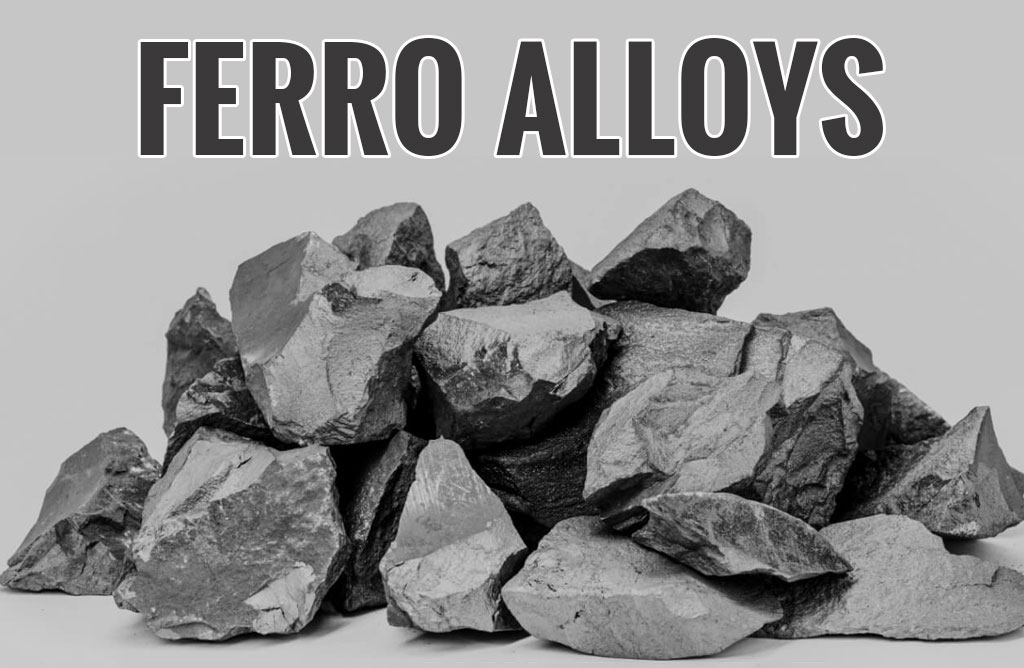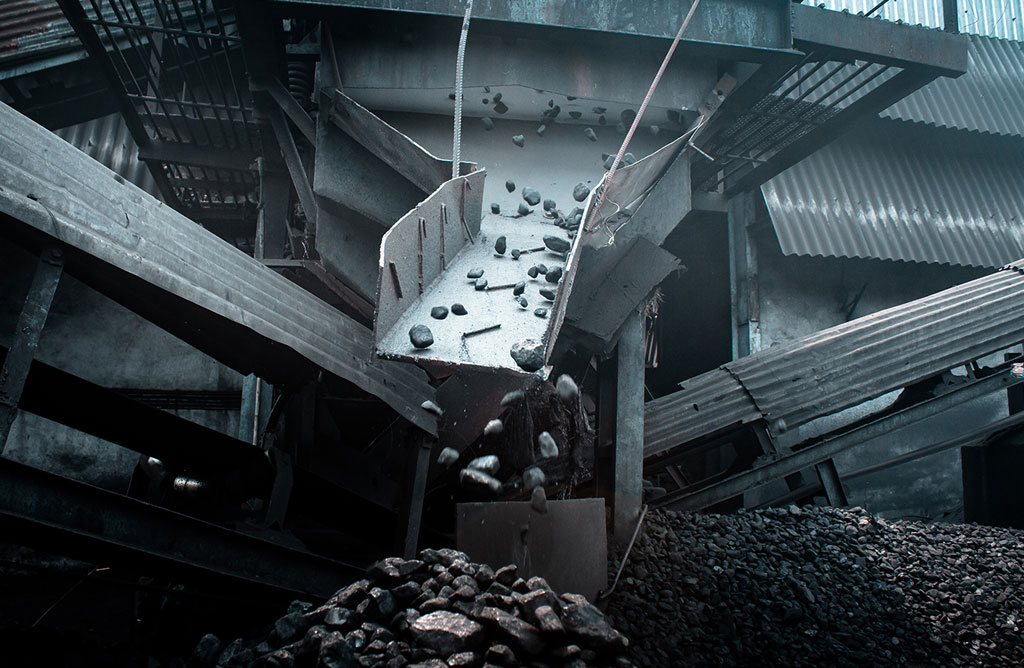
The steel industry is a cornerstone of modern civilization, providing the raw materials for the construction of buildings, infrastructure, and countless consumer goods. At the heart of steel production lies a critical component known as ferro alloys. In this comprehensive overview, we will delve into the world of ferro alloys, exploring their role in the steel industry, India's position as a ferro alloys exporter, their economic significance, the driving factors behind their demand, and their contribution to India's growth.
India's Rank in the World as a Ferro Alloys Exporter
India has emerged as a significant player in the global ferro alloys trade, securing a prominent rank among the top iron ore importers and ferro alloys exporters. The Indian ferro alloys industry has witnessed remarkable growth in recent years, positioning the country as a vital supplier in the international market. According to data available on www.srggroup.info, India has consistently ranked among the top exporters of ferro alloys, exporting substantial quantities to various nations. The rise of India in the global ferro alloys market can be attributed to several factors, including abundant reserves of raw materials such as iron ore, manganese ore, and other essential components. The strategic location of India in close proximity to key markets has also played a pivotal role in facilitating exports. As a ferro alloys trader, India caters to the demands of steel producers worldwide, ensuring a steady supply of these critical additives.
Economic Significance of Ferro Alloys
Ferro alloys are alloys of iron with other elements, primarily manganese, silicon, and chromium. They play a crucial role in enhancing the properties of steel, making it suitable for various applications. The economic significance of ferro alloys is multifaceted:
1. Improving Steel Quality
Ferro alloys are used to modify and enhance the properties of steel. For instance, ferro manganese increases the strength and durability of steel, making it ideal for construction purposes. Similarly, ferro silicon improves steel's resistance to corrosion.
2. Cost Efficiency
By incorporating ferro alloys into steel production, manufacturers can achieve cost efficiencies. These additives allow for the use of lower-grade ores, reducing the overall cost of steel production.

3. Global Trade
The export of ferro alloys is a significant contributor to India's foreign exchange earnings. As a ferro alloys exporter, India earns substantial revenue from international markets, contributing to its economic growth.
4. Employment Generation
The ferro alloys industry creates employment opportunities, both directly and indirectly. From mining and processing to logistics and trading, this industry supports a vast workforce.
Demand Drivers of Ferro Alloys
Several factors drive the demand for ferro alloys, both domestically and globally. Understanding these drivers is essential to appreciate the role of ferro alloys in the steel industry:
1. Infrastructure Development
The demand for steel-intensive infrastructure projects, such as bridges, skyscrapers, and highways, fuels the need for high-quality steel, which, in turn, drives the demand for ferro alloys.
2. Automotive Industry
The automotive sector is a major consumer of steel. Ferro alloys are crucial in the production of specialized steel alloys used in automobile manufacturing, including lightweight, high-strength steel for modern vehicles.

3. Manufacturing and Industrial Growth
As industrialization expands, so does the demand for steel in machinery, equipment, and manufacturing processes. Ferro alloys are essential for creating specialized steel grades tailored to specific industrial applications.
4. Global Urbanization
Rapid urbanization worldwide necessitates vast amounts of steel for constructing residential and commercial buildings. Ferro alloys are vital in producing the steel required for these construction projects.
Contribution of Ferro Alloys in the Growth of India
India's ferro alloys industry has not only contributed significantly to the global steel supply but has also played a pivotal role in the country's economic growth. Here are some key aspects of its contribution:
1. Export Revenue
India's status as a ferro alloys exporter has allowed it to generate substantial foreign exchange earnings, contributing to the country's balance of payments.
2. Employment Generation
The industry provides employment to a large workforce across various stages of production, creating economic opportunities in both urban and rural areas.

3. Value Addition
By adding value to raw materials like iron ore and manganese ore, India maximizes the returns from its natural resources, fostering economic development.
4. Supporting Steel Industry
The availability of high-quality ferro alloys within the country ensures a reliable supply chain for the domestic steel industry, which, in turn, benefits other downstream sectors.
In conclusion, ferro alloys are the unsung heroes of the steel industry, driving economic growth, supporting infrastructure development, and providing employment opportunities. India's prominent position as a ferro alloys trader and exporter underscores the nation's role in the global steel ecosystem.
As the world continues to rely on steel for its progress, the significance of ferro alloys in shaping the future cannot be overstated. This vital industry not only strengthens the backbone of steel production but also plays a crucial part in shaping the future of India's economy.
For more information about SRG Group and our services, visit our official website at www.srggroup.info.

